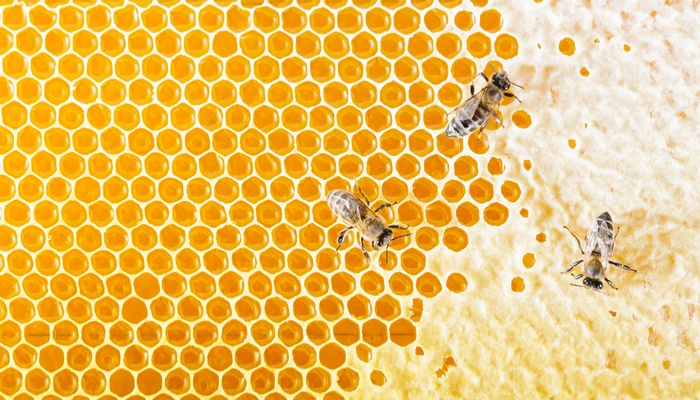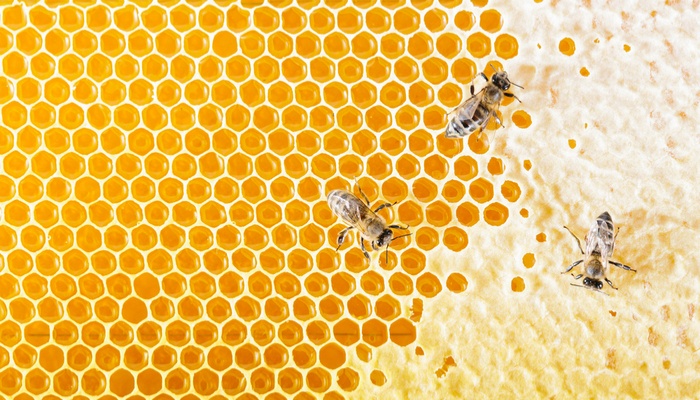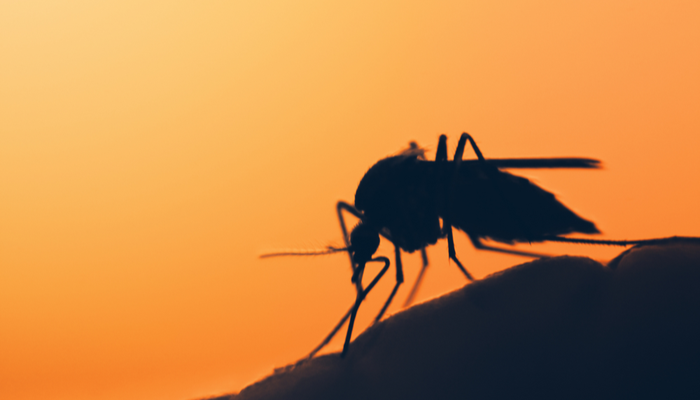
Our monthly roundup of the best science stories from around the world is back! At BioStrata, we love to talk about science, and with the new year comes a whole host of fresh and exciting breakthroughs. With our experience at the benchtop and in marketing, we know that those working in the life science industry often have ridiculously busy schedules, and may not have time to keep up to date with all the latest developments. So, we’re here to bring you our favourite new and amusing science stories from January 2018!
A Cas9 symphony in ‘Beethoven’ mice
Can you say that again? The genome-editing tool CRISPR-Cas9 has once again played its part in some pioneering life science research—treating the genetic causes of hearing loss. So-called ‘Beethoven’ mice carry a mutation that causes deafness in both mice and humans. In a recent study, the mice had no reaction to a 120-decibel noise—which is about the same volume as a chainsaw, a rock concert, or my neighbour on a Sunday morning.
Researchers encapsulated CRISPR components in fatty molecules, which were then injected directly into the ears of the mice, in what can only be described as a game of fat and mouse. After eight weeks, the mice were tested with the same noise again, and were surprisingly startled! In other news, a trio of visually impaired mice are still waiting for their cure.
COPD makes your breath short and sweet
Over a million people in the UK have been diagnosed with chronic obstructive pulmonary disease (COPD)—a lung condition that makes it difficult to breathe due to an involuntary contraction and narrowing of the airways. In a new study, researchers have discovered that COPD sufferers, as well as having skittish airways, often have much higher concentrations of glucose in their lungs.
COPD sufferers may therefore be more prone to lung infections because glucose is like manna from heaven for bacteria. Guzzling it down like Augustus Gloop in Willy Wonka’s river of chocolate, the sugar-loving pathogens are provided with all the energy they need to cause their tubular troubles. Previously, infections were treated with a course of antibiotics, but now alternative approaches of simply reducing glucose levels in the lungs may be viable. So, if you have a treacly trachea, a raspberry jam diaphragm, less bronchiole, more profiterole, and often get chest infections, then a new treatment may be imminent.
A rush of (old) blood to the head
Scientists have discovered that old blood can prematurely age the brains of young mice, and are now one step closer to figuring out why. A protein that is located in the barrier between the brain and blood could be the culprit, and if this is the same case for humans, innovative treatments for age-related brain decline may soon be on the way!
As mice and humans age, a protein known as VCAM1 has been shown to increase in concentration in the blood. In this study, young mice were injected with plasma from older mice, then like some sort of reverse fountain of youth, their levels of VCAM1 rose. The mice were later shown to enter a room, but couldn’t remember what they went in for (making me wonder what my VCAM1 levels might be).
How the mite-y have fallen
Honeybees rejoice! Scientists have discovered a simple solution to a common pestilence. Varroa destructor is a species of parasitic mite that infiltrates a colony, latches onto its bees, and spreads deadly diseases. One lab in Germany became a hive of activity trying to develop a cure for this mite menace. Fortunately, being busy as a bee paid off when they accidentally bumbled upon a potential cure.
The scientists began by feeding the bees and mites some sugar water as a honeytrap. The sting in the tail for the mites is that this sweet nectar was laced with tiny amounts of lithium chloride. The poisoned solution then wiped out 90 to 100 percent of the mites—while leaving the bees unharmed. This lithium chloride solution has been generating a lot of buzz because it’s cheap, quick, and has low toxicity for mammals. The researchers are already speaking with beekeepers to develop a product that’s sure to fly off the shelves.
Smaller fish to fry
Time to enter the 'twilight zone'—the region of the ocean between 200 and 1,000 metres below sea level, where only tiny amounts of sunlight can reach—a place the lanternfish call home. In the Southern Ocean, these bite-sized, bioluminescent, brine-based beings are an important part of the food web, and feed predators like penguins and seals. However, new research from the British Antarctic Survey has shown how these lanternfish are likely to respond to the warming of the Southern Ocean.
The team noticed how the body size of the lanternfish varied in relation to temperature and latitude. It was shown that the fish were bigger with decreasing temperature, demonstrating that a larger body size is important for these organisms to survive in colder regions. But with rising ocean temperatures, the bigger Antarctic lanternfish could soon be in hot water, when they are replaced by migrating smaller species from warmer regions. These smaller lanternfish are less nutritious and could then have a knock-on effect for the seals and penguins that depend on them. Serious food for thought!
If you’d like to be kept up to date with all the latest news in science and marketing, subscribe to our monthly newsletter. Always valuable, interesting content. Never any spam!





